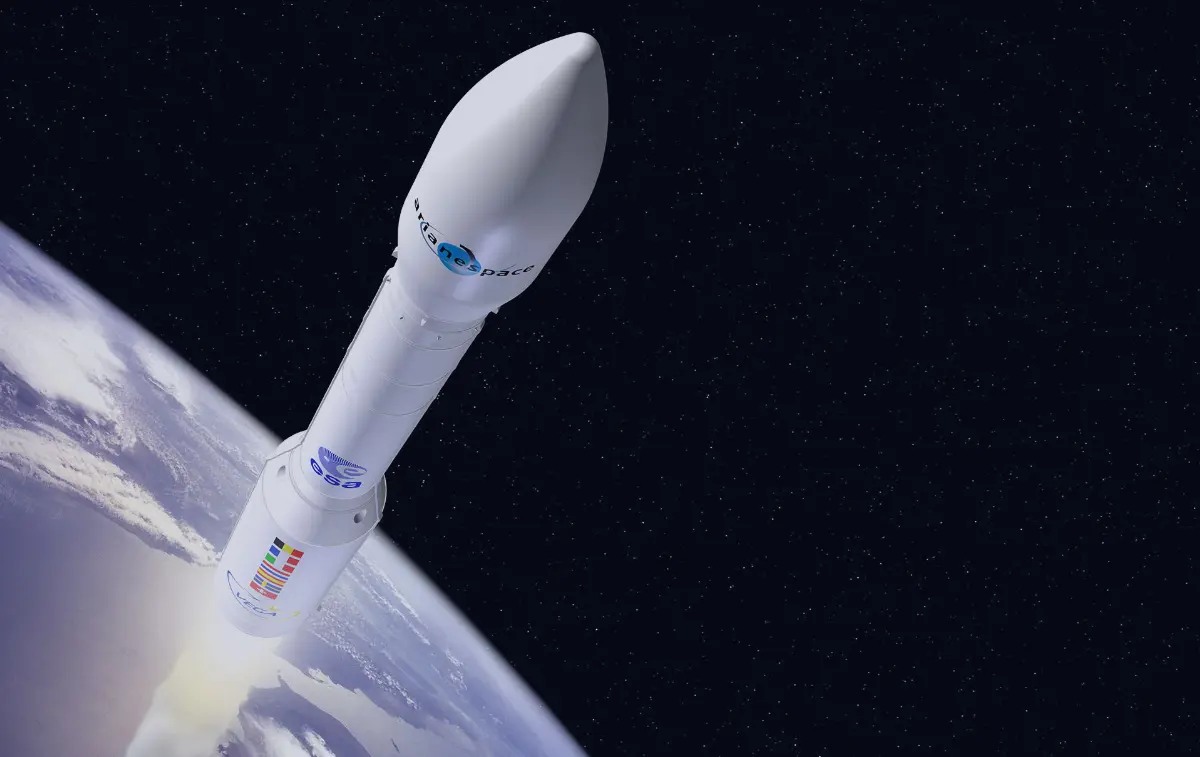
Do you want to access to this and other private contents?
Log in if you are a subscriber or click here to request service
Ten years from first launch of VEGA
The European rocket developed has carried out several types of mission

On February 13, 2012, the Vega rocket left the launch pad of the Guyana Space Center for the first time, carrying the Italian Space Agency's LARES satellite and other scientific payloads. Ten years passed and the European launcher, with a strong Italian traction, has become a key component of the strategy for access to space for Europe, as well as having satisfied several other customers. Vega put...
red/f - 1242224
AVIONEWS - World Aeronautical Press Agency
◄ Previous page
AVIONEWS - World Aeronautical Press Agency